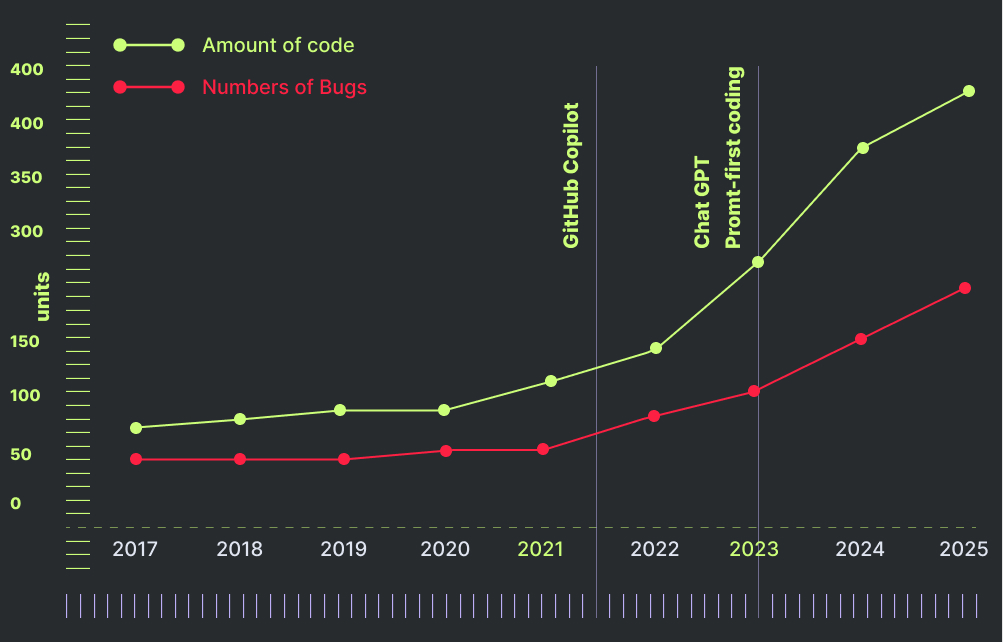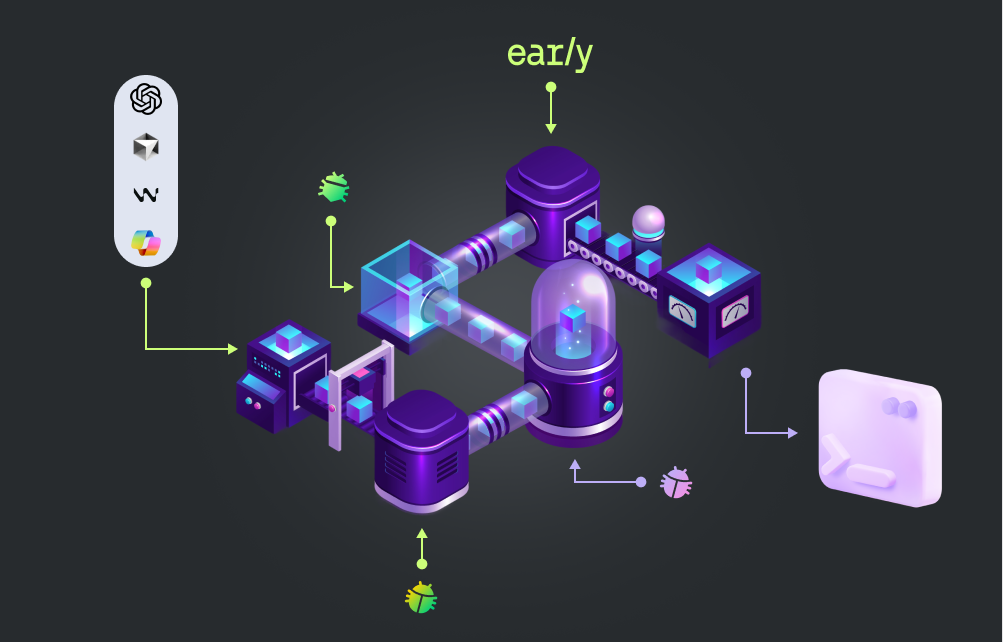AI Code Generation Without AI Test Generation? Why It's a Risk You Can't Afford

Table of Contents

Take the recent Tea app breach as a cautionary tale. A Firebase misconfiguration—likely the result of AI-generated defaults—exposed over 72,000 user images.
No malicious intent. No sophisticated exploit. Just untested infrastructure moving too quickly to be properly validated.
This is what happens when AI development speed isn’t paired with intelligent, automated testing. And it’s not an isolated case—it’s a warning.

AI test generation is the use of intelligent systems to automatically create, maintain, and optimize software tests (like unit or API tests) with minimal human input, keeping pace with AI-generated code.
To close the gap, engineering teams need AI test generation that does more than assist with QA—it must be built for speed, depth, and continuous integration. That means tools that:
This isn’t about removing humans from the loop—it’s about giving teams superpowers to move fast and stay safe. We explored this further in Part 2 of our Vibe Coding series, where we show how AI can take code from prompt to production—with the right guardrails in place.
For a deeper dive on how AI agents can collaborate in software testing, check out our post: Collaborative AI Agents in Software Testing
When AI code generation is paired with AI-powered testing, something powerful happens. Teams unlock a virtuous cycle of speed and quality:
- Developers ship faster without sacrificing confidence
- Test coverage becomes consistent and automated
- Engineering leaders gain visibility to scale without bottlenecks
This is what building at AI speed should look like.
Using AI to generate code without using AI to generate tests it is like driving a Formula 1 car with bicycle brakes. You might go fast—but you won’t go far without consequences.
Modern development demands test generation that matches the pace and complexity of AI-generated code. Not just to catch bugs, but to enable confidence across the entire organization.
Engineering leaders are already closing that gap. Because in the AI era, true velocity comes from validation.
📩 Book a Demo
See how Early can accelerate AI test generation with both speed and scale


